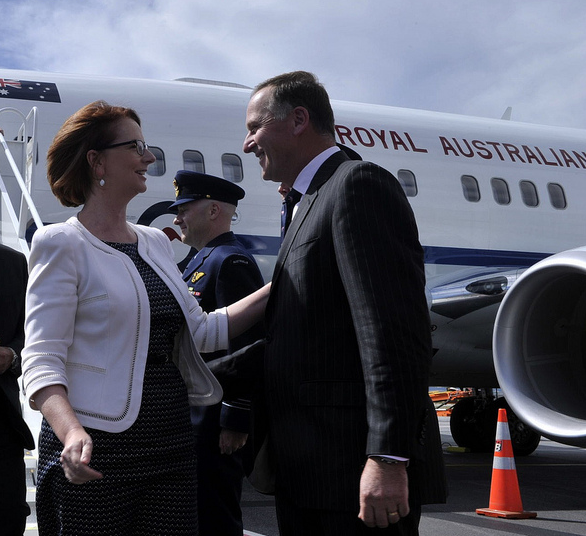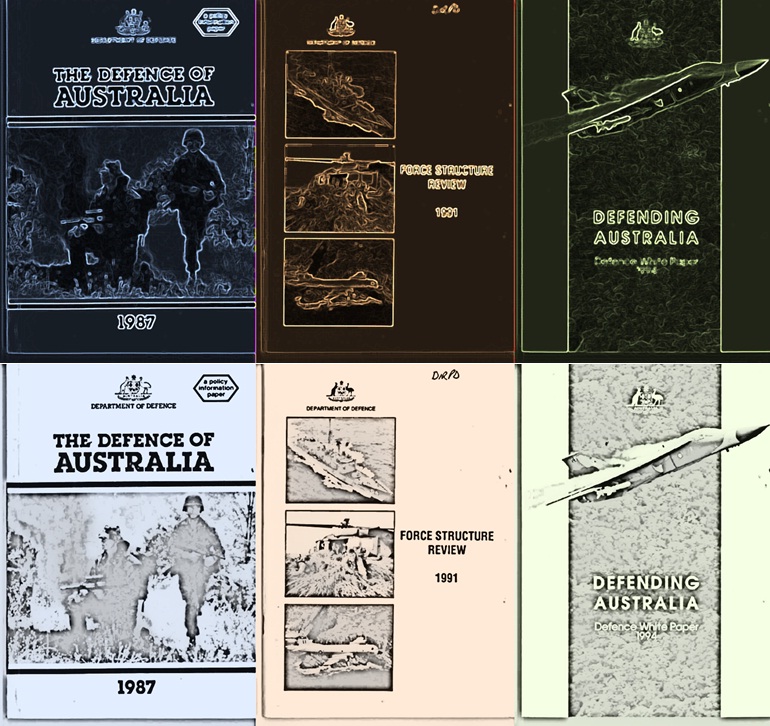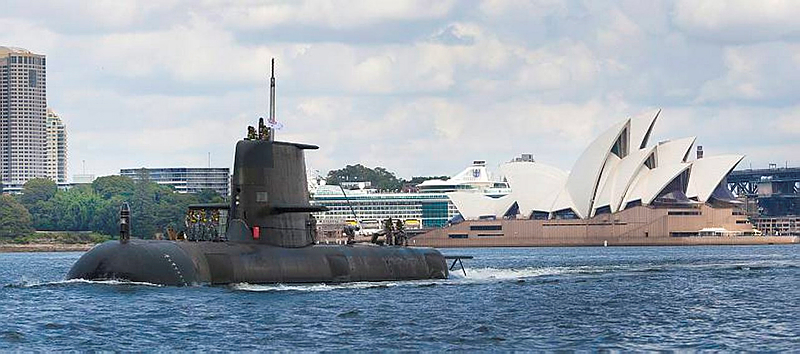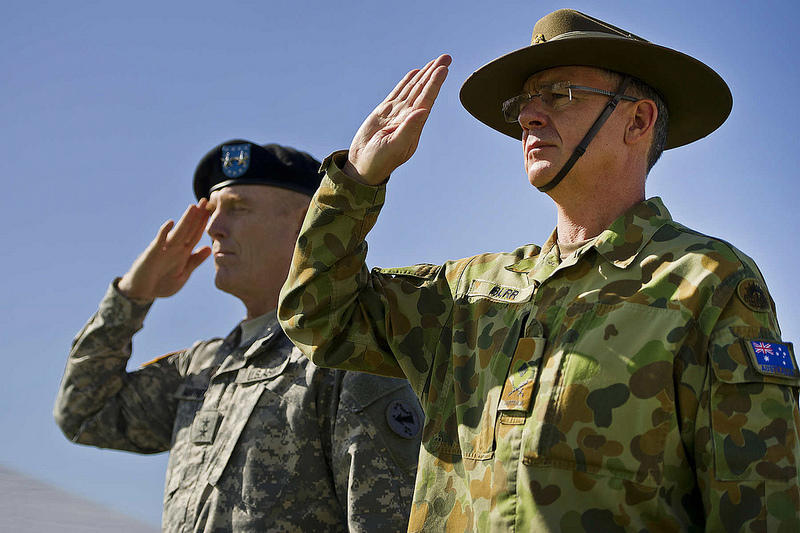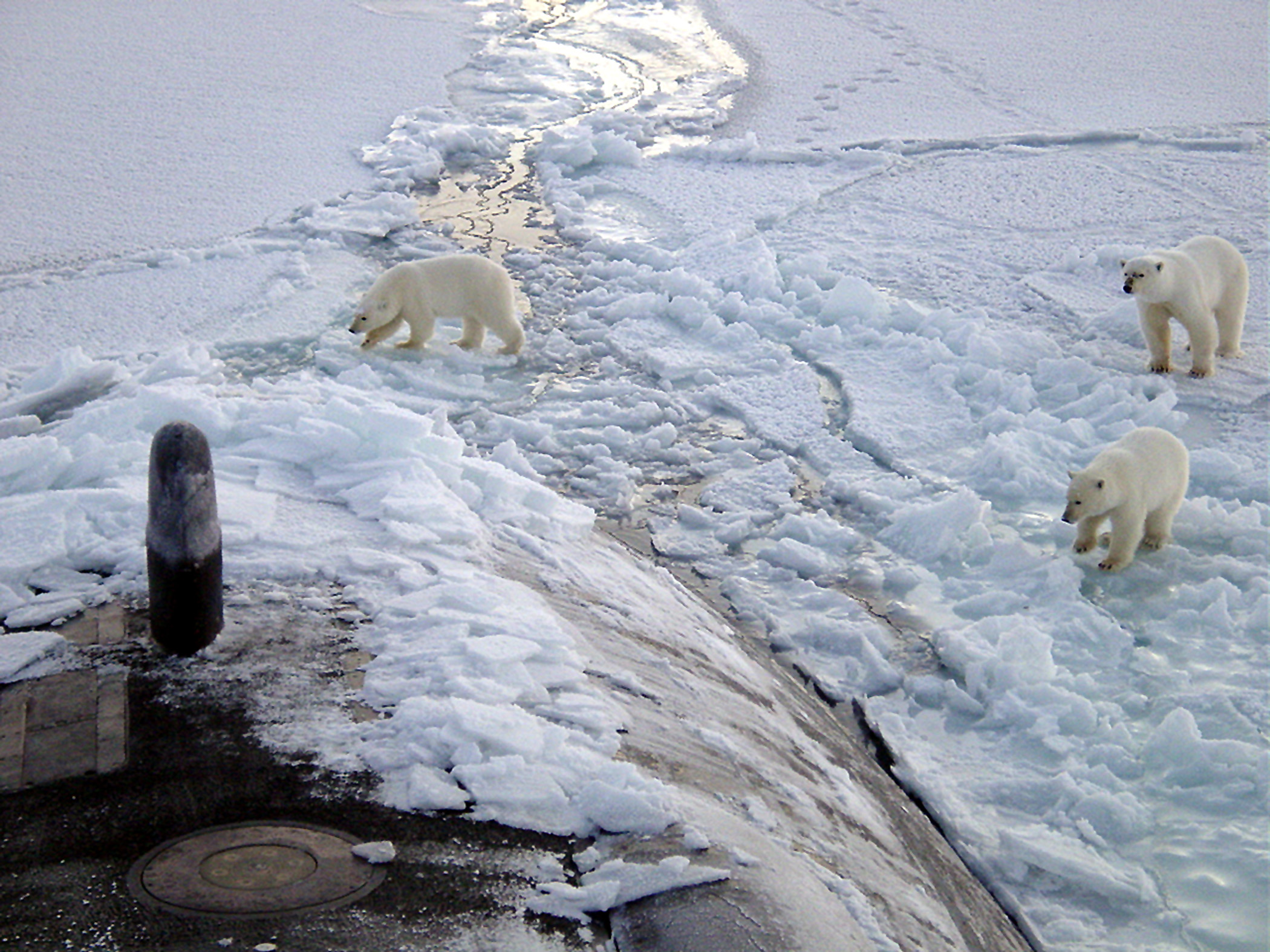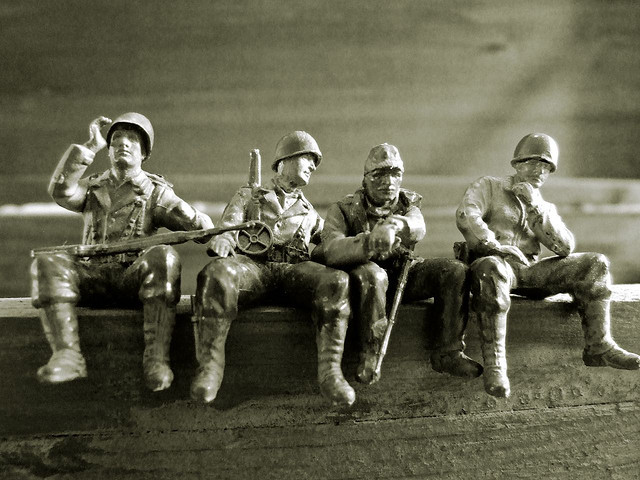Reader response: more force structure options
Peter Layton’s recent post raises some important questions about force structure but ultimately comes up with an overly simplified characterisation of the alternatives.
Peter describes the two ends of the force structure continuum in overly stark terms, and the reality is far more nuanced. The vast majority of Australia’s operational deployments have been multi-national activities, so describing one end of the continuum as conducting independent operations is simply not valid—especially in an increasingly networked world.
Aside from Australia’s operations in the South West Pacific during World War II, Australia’s operational deployments also tend be dominated by only one of the three services. A good example of this is the Timor-Leste INTERFET operation. As a consequence, Australia doesn’t have a tradition of deploying ‘balanced’ joint forces. To be sure, our tactical force contributions to US-led coalitions have tended to be employed under service component lines as Peter suggests. But this isn’t the other end of the force structure spectrum.
In fact, I’m not convinced that the continuum is a simple two-dimensional model and that we must once again chose a point on it to continue our force structure evolution. Given the financial constraints and competing pressures, the United States—as the pre-eminent global power—is entering a phase where it would prefer to provide support to regional coalitions rather than take the lead in every instance (Libya was an example of that). The emergence of regionally-based coalitions, in my view, presents an additional dimension to Australia’s force structure debate. Read more
